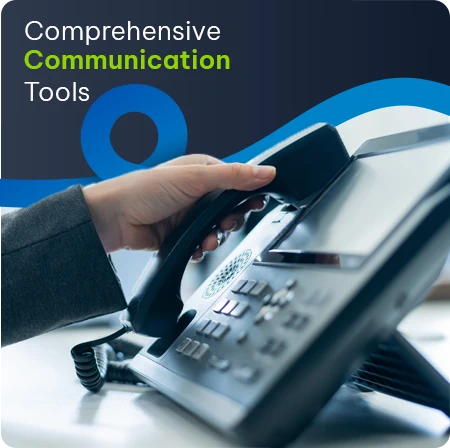Fast and reliable connectivity for businesses in South Africa has never been more important. With many organisations encouraging staff to return to the office, and the increasing importance of agility and innovation when it comes to cloud and digital infrastructure, implementing the right fibre to the business (FTTB) has grown significantly in importance.
According to Tim Wood, Executive Head: IS & IT at Vox, each business has its own unique requirements and digital transformation needs which have to be considered when looking for the right connectivity solution.
“Given the ongoing inevitable enhancements that come with moving to the cloud and digital technology, there are certain capabilities that are reliant on your office infrastructure being up to scratch,” says Wood.
This includes cloud migration and computing. Given that many employees still work within a hybrid landscape, it is integral for a business to be able to connect from wherever you are. “Integrating digital transformation across the organisation and the ability to access and leverage big data and the opportunities presented by AI and machine learning all depend on an optimal office environment, based on a foundation of fast, reliable connectivity.
Wood says that an important step in any businesses’ digitisation journey is to find the right technology partner. “Designing a company’s office fibre infrastructure involves so much more than mapping out fibre links. Each company’s connectivity solution needs to come with an understanding about the unique requirements of the business, while ensuring that its digital transformation needs are met”.
He adds that, critical to getting this right, is to do the required homework first. This includes assessing a partner’s experience, investigating their reach and thoroughly checking SLAs, contracts, terms and conditions before committing.
Budget, broadband and bandwidth
Aligning with the financial resources available is another step to assess the right connectivity to match the requirements of the business. This includes factoring in whether to invest in Broadband or Dedicated Internet Access (DIA). If reliable, uncontended high-performance access is a firm requirement, then DIA needs to be budgeted for. The same goes for Ethernet deployments run over dedicated fibre links which guarantees reliable performance but at a higher cost.
ISPs can offer various bandwidth options ranging from 5 Mbps to 1 Gbps or even 10 Gbps. For those businesses that consume more data than they upload, cost effective asymmetrical alternatives have now also started becoming a popular option. Knowing how many users and devices will connect and the amount of traffic these devices will download and upload as well as when peak utilisation is expected, will help a technology partner to marry the right bandwidth with the business.
Many businesses may also have specific requirements for prioritising certain types of traffic such as voice over IP or video streaming) which needs to be factored into quality of service on offer.
Another cost consideration comes into play when assessing whether a static public IP address or a dynamically assigned IP Address is needed. Static IP addressing, a requirement of many businesses needing a constant fixed point of reference for devices connected to the internet, comes at a cost and is one of the many budgetary considerations to keep in mind.
Prioritising safety and security
No digital transformation consideration can be made without prioritising data safety and network security. When designing a solution, an ISP needs to understand a business’s requirements upfront, including factors such as security policies, encryption standards, firewall and intrusion detection and prevention, network segmentation, authentication mechanisms as well as end-point security.
A VPN encrypts internet traffic and prevents outside parties from being about to intercept and access sensitive information, a critical aspect across both a corporate network and to facilitate remote work ecosystems.
A critical step when choosing an ISP is to assess these capabilities as well as whether they offer robust protection against Distributed Denial of Service (DDoS) attacks.
Agility, scalability and connectivity
Few businesses today can afford not to adapt and scale according to the changing environment, and the same applies to an FTTB service, which needs to adapt and scale with the business according to changing needs.
Other considerations include incorporating alternative access routes to prevent downtime when connectivity fails. If available, Alternative Fibre Network Operators (FNOs) or wireless solutions need to be factored into the design of a company’s solution framework.
This framework can also include utilising VOIP solutions to enhance communication and reduce costs.
Both hybrid and office-based work environments can also be enhanced by incorporating tools such as Cloud PBX and platforms such as Microsoft Teams to further enhance collaborative workflows.
Implementation considerations
Once all the initial requirements are identified and implementation begins, remember to factor in what a business can do to speed up the process. While your ISP may have the expertise to meet your digital transformation needs, a business needs to avoid possible installation delays and extended time frames by ensuring infrastructure readiness as well as obtaining the necessary wayleave and landlord approvals.
By assessing all of these considerations, a company can partner with the right technology service provider to ensure that their FTTB deployment meets the budget, performance, speed and scalability needed.












